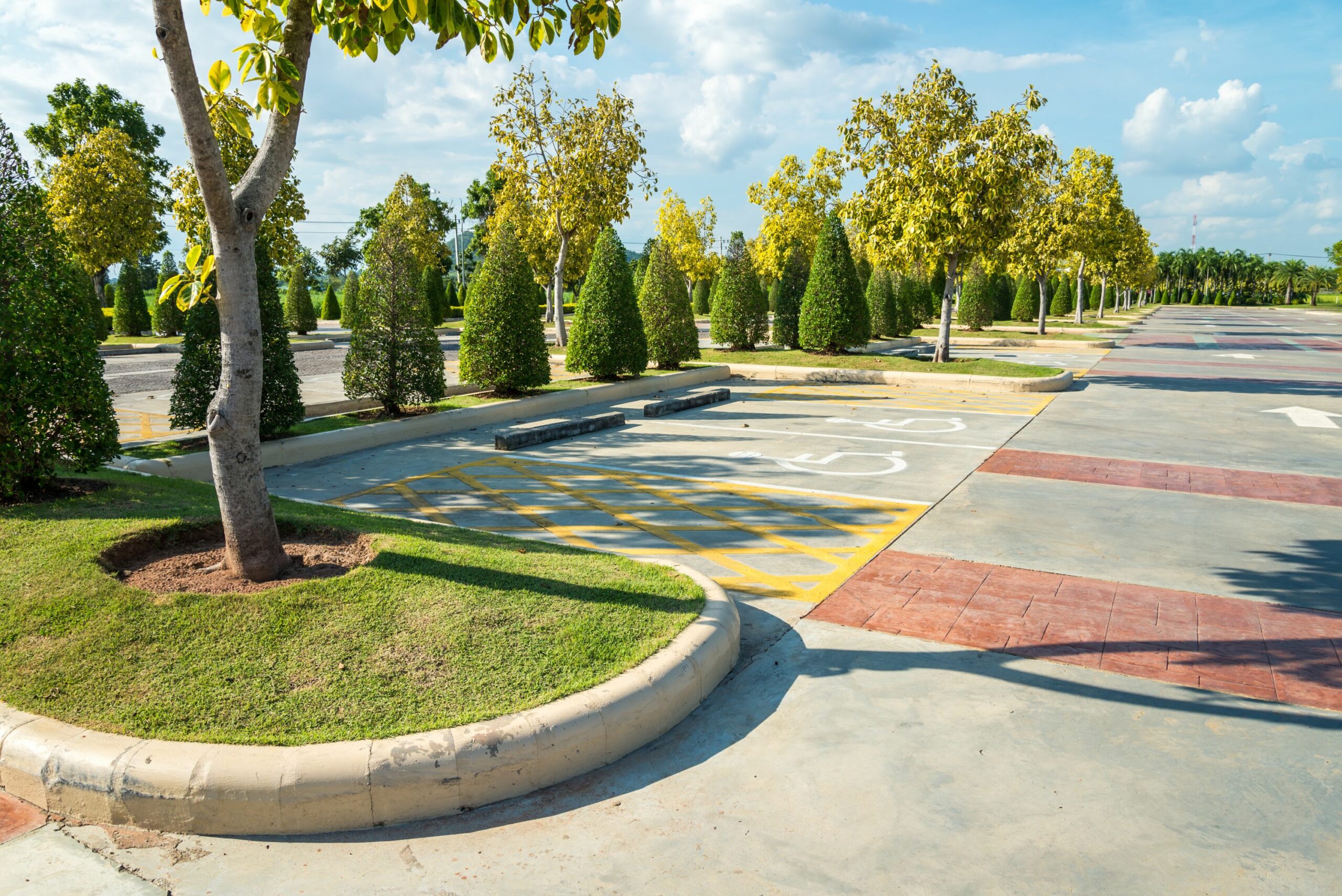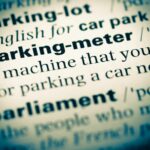Parking Lot Design: Your Path to Success

Designing and organizing a parking lot may seem like a daunting task, but you don’t have to tackle it alone. In this post, we’ll provide you with valuable insights and guidance to help you navigate each process step with confidence.
When it comes to creating a well-organized and user-friendly parking area, there are several key factors to consider. From designing the layout to implementing efficient traffic flow, each decision can impact the overall success and user experience of the parking lot.
By understanding the principles of parking lot design and organization, you’ll be equipped with the knowledge to make informed decisions that align with your specific needs and goals. Whether you’re designing a parking lot for a shopping mall, office building, or any other type of facility, our comprehensive guide will provide you with the necessary tools to ensure success.
1. Site Assessment
Location
- Start by contemplating the purpose and location of your parking lot. Whether it’s for a retail store, office building, or residential complex, consider the accessibility factor.
- Proximity to the main building or road is crucial for convenience.
Size and Capacity
- Estimating the parking spaces needed can be challenging, but it’s vital. You don’t want your lot to be too small on busy days or too large, resulting in wasted space.
- Also, factor in future growth. Allow room for expansion when determining the parking lot’s size.
Accessibility
- Complying with local regulations regarding accessible parking spaces for individuals with disabilities isn’t just a legal requirement—it’s a moral duty.
- Plan accessible pathways, curb ramps, and clear signage to ensure everyone can easily use your lot.
2. Design and Layout
Traffic Flow
- Sketch out a logical traffic flow pattern. Consider how vehicles will enter and exit the lot and navigate within it.
- A smooth traffic flow enhances the overall customer experience.
Parking Stall Design
- Carefully decide on the size and orientation of parking stalls. Consider standard, compact, and ADA-compliant spaces.
- Leave ample space between rows and aisles to prevent accidents and facilitate maneuverability.
Drive Aisles
- Determine the width of drive aisles, considering the types of vehicles that will use your lot. Delivery trucks and emergency vehicles require more space than regular cars.
- Choose between one-way and two-way traffic lanes based on the lot’s size and layout.
Landscaping and Lighting
- Landscaping not only enhances aesthetics but also provides essential shade on scorching days.
- Adequate lighting is crucial for safety, especially during nighttime hours. Well-lit lots deter crime and make customers feel secure.
3. Compliance with Regulations
Zoning Regulations
- Make sure you thoroughly research and adhere to local zoning regulations. These rules govern setback requirements, landscaping, and land use permissions.
- Failing to comply with these regulations can result in costly delays and revisions.
ADA Compliance
- The Americans with Disabilities Act (ADA) is a federal law that mandates accessible parking spaces, proper signage, and accessible pathways.
- Non-compliance can lead to lawsuits, fines, and damage to your reputation.
4. Stormwater Management
Drainage
- Preventing flooding and erosion is paramount. Design a stormwater drainage system to channel water away from your parking lot.
- Consider environmentally friendly options such as permeable pavement and retention ponds.
5. Safety Considerations
Pedestrian Safety
- Prioritize pedestrian safety in your parking lot design. Ensure safe crosswalks and sidewalks are well-maintained and clearly marked.
- Speed bumps, if needed, can help control vehicle speed and safeguard pedestrians.
Signage and Striping
- Use clear and visible signage to communicate parking rules, directions, and speed limits.
- Well-maintained striping for parking stalls and traffic lanes keeps your lot organized and safe.
Common Pitfalls to Avoid
- Insufficient space allocation: Always allocate enough space for maneuvering and various vehicle sizes.
- Inadequate lighting: A well-lit parking lot is about safety and customer confidence.
- Neglecting drainage: Ignoring drainage can lead to property damage and costly repairs.
- Ignoring ADA requirements: Compliance isn’t just a legal obligation; it’s about making your facility accessible.
Your Parking Lot, Your Success
Creating the perfect parking lot takes time and effort, but with this guide, you’re well on your way to success. To ensure your parking lot becomes a valuable asset, consider these strategies:
- Seek professional advice from architects or engineers with experience in parking lot design.
- Incorporate sustainability measures to reduce environmental impact.
- Emphasize customer feedback and adapt your design accordingly.
- Continually maintain your parking lot to keep it safe and attractive.
With the knowledge and strategies provided, you are well-equipped to embark on an exciting parking lot design journey. Imagine transforming that barren space into a vibrant parking facility that caters to your valuable customers and significantly boosts your overall success.
Your parking lot’s success is just a step away!


